Crafting a Strong Compensation Philosophy: The Key to Attracting and Retaining Talent
A compensation philosophy is more than just a document; it’s a guiding framework that defines an organization’s approach to employee pay. It explains the “why” behind compensation decisions, offering clarity and consistency that benefit both employers and employees. By establishing a solid compensation philosophy, companies can effectively attract, retain, and motivate their workforce.
What Is a Compensation Philosophy?
At its core, a compensation philosophy is a formal statement that outlines the company’s stance on employee pay. It serves as a strategic tool that defines pay programs, aligns compensation practices with organizational goals, and ensures fair and equitable pay practices.
This philosophy acts as a compass, helping employers navigate decisions about salaries, bonuses, benefits, and other rewards. When thoughtfully crafted, it provides a framework for consistent and transparent compensation practices.
What Should a Compensation Philosophy Entail?
A comprehensive compensation philosophy should include the following elements:
- Pay Structure: Clear definitions of base pay, variable pay, and incentives.
- Market Positioning: The organization’s stance on competitive pay relative to the market (e.g., leading, matching, or lagging market rates).
- Total Rewards Strategy: A holistic approach encompassing benefits, bonuses, recognition programs, and non-monetary rewards.
- Pay Equity: Commitment to ensuring equal pay for equal work, with lawful variances based on experience, performance, or other non-discriminatory factors.
- Legal Compliance: Adherence to applicable labor laws and regulations.
- Performance Alignment: Criteria linking compensation to individual, team, and organizational performance.
- Communication Guidelines: Strategies for transparently sharing compensation policies and practices with employees.
Factors Influencing a Compensation Philosophy
Developing a compensation philosophy involves collaboration between the human resources department and the executive team. It is shaped by several factors, including:
- Financial Position: The organization’s budgetary constraints and financial health.
- Size and Industry: The scope of the organization and its competitive landscape.
- Business Objectives: Long-term strategic goals and initiatives.
- Market Conditions: Salary benchmarks and talent availability.
- Talent Acquisition Challenges: Specific roles or skills that are hard to fill.
Given these dynamic factors, a compensation philosophy should not be static. Periodic reviews ensure it stays aligned with the current business environment. For instance, if market conditions demand higher pay for specialized roles, the organization may need to revise its philosophy to stay competitive.
Reviewing and Updating the Compensation Philosophy
A compensation philosophy should be reviewed regularly—at least annually or in response to significant changes in market conditions, business goals, or legal requirements. Regular updates ensure that the philosophy remains relevant and effective.
Organizations often use tools like salary benchmarking software, compensation surveys, and data analytics platforms to assess market trends and internal pay practices. Engaging an external consultant or compensation analyst (like HR Synergy) can also provide valuable insights and ensure that pay structures remain competitive and compliant.
Commitment to Education and Transparency
An effective compensation philosophy is not just about the numbers—it’s also about communication. Employers must commit to educating both managers and employees on how compensation decisions are made. Transparent communication fosters trust and ensures that employees understand how their pay aligns with their contributions and the organization’s goals.
Objectives of a Compensation Philosophy
A well-designed compensation philosophy supports an organization’s broader strategic plan by:
- Attracting Talent: Offering competitive compensation to draw top candidates.
- Motivating Performance: Encouraging employees to excel in their roles.
- Retaining Key Talent: Rewarding high performers to reduce turnover.
- Defining Competitive Positioning: Establishing the organization’s stance on base pay, variable compensation, and benefits.
- Ensuring Fairness: Guaranteeing equal pay for equal work while allowing lawful pay differences.
- Maintaining Legal Compliance: Adhering to labor laws and regulations.
Quality Test for an Effective Compensation Philosophy
To be successful, a compensation philosophy must meet specific quality standards. Ask the following questions to evaluate its effectiveness:
- Equity: Is the program perceived as fair by employees?
- Defensibility: Can the organization justify its compensation practices?
- Fiscal Sensitivity: Are the programs financially sustainable?
- Legal Compliance: Do they adhere to labor laws and regulations?
- Communication: Can the philosophy and its policies be clearly communicated to employees?
- Competitiveness: Are the programs in line with market trends and organizational goals?
While human resources typically lead the development of a compensation philosophy, collaboration with the leadership team is essential. Leadership provides strategic input and ensures organizational alignment, helping to build buy-in across all levels.
A thoughtful compensation philosophy is a cornerstone of a successful human capital strategy. It not only helps organizations attract and retain top talent but also fosters a culture of fairness and transparency. By regularly reviewing and updating the philosophy, employers can ensure that their compensation practices remain competitive and aligned with evolving business needs.
Read more from our COMPENSATION SERIES:
Is Your Compensation Package Marketable?
The Paycheck Playbook: Key Compensation Trends Shaping 2025
Cracking the Compensation Code: How HR Synergy Can Help
 Read more from our previous series -THE EMPLOYEE LIFE CYCLE:
Read more from our previous series -THE EMPLOYEE LIFE CYCLE:
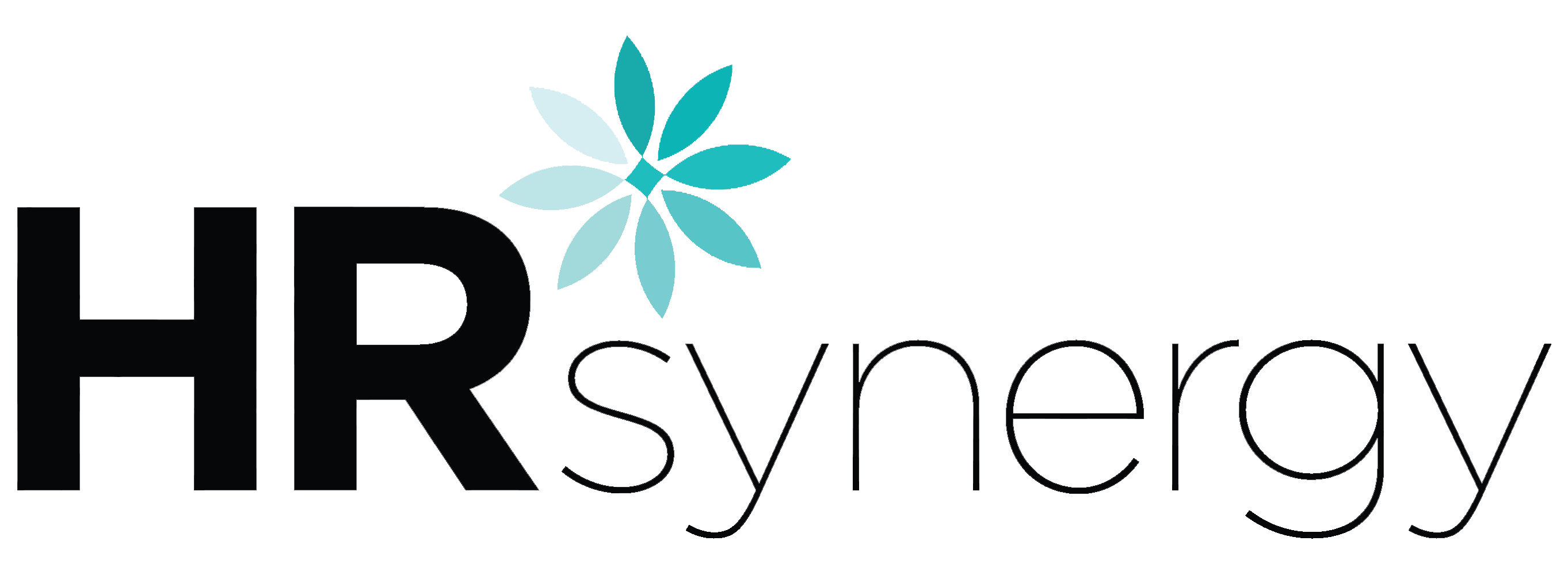

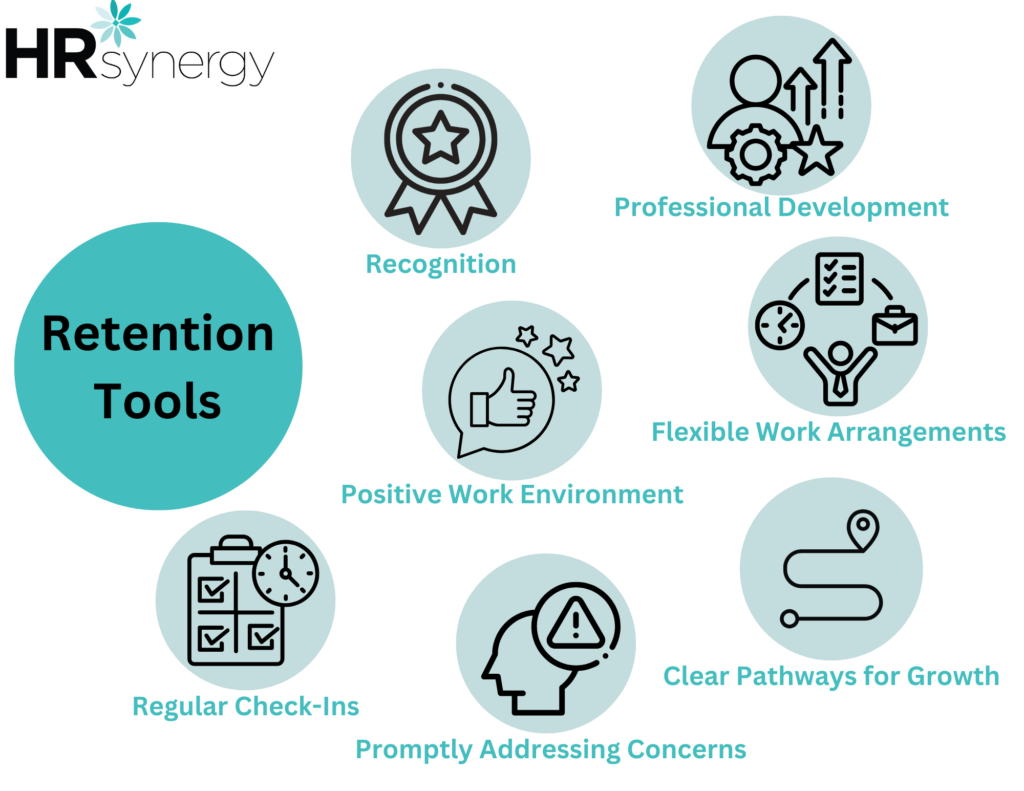
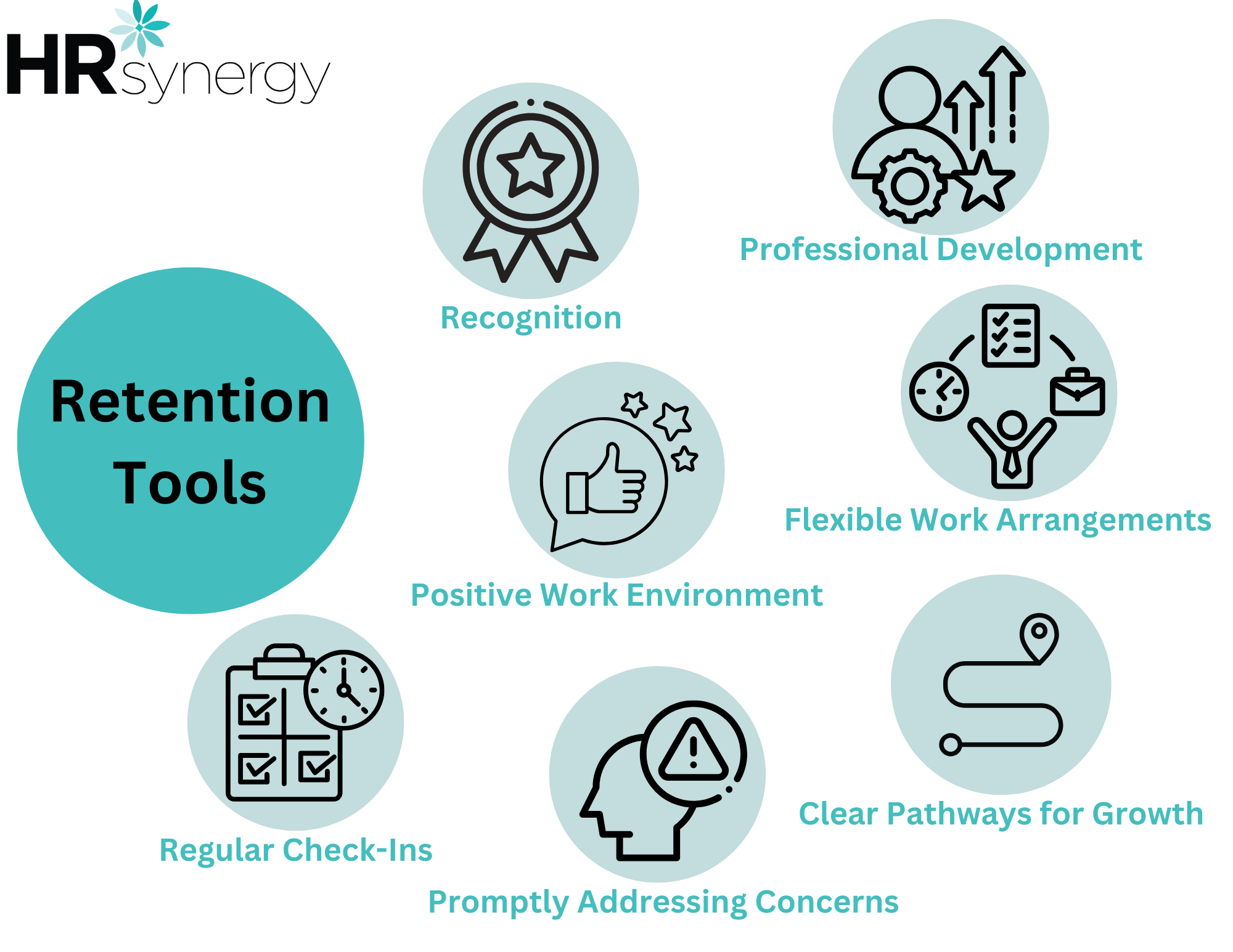
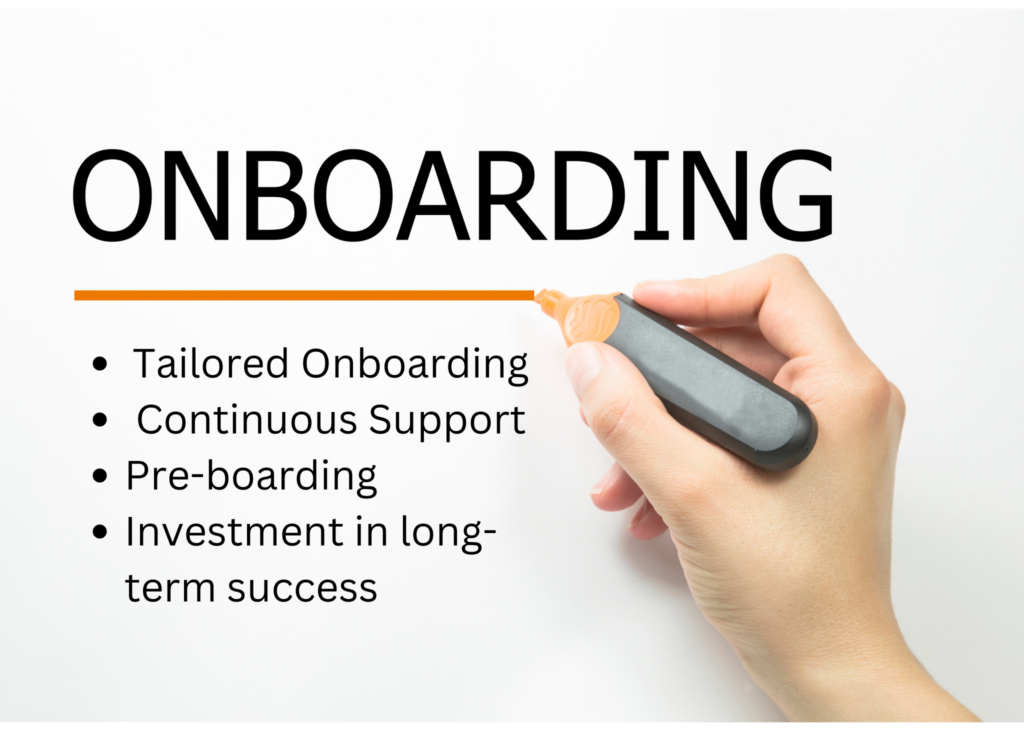
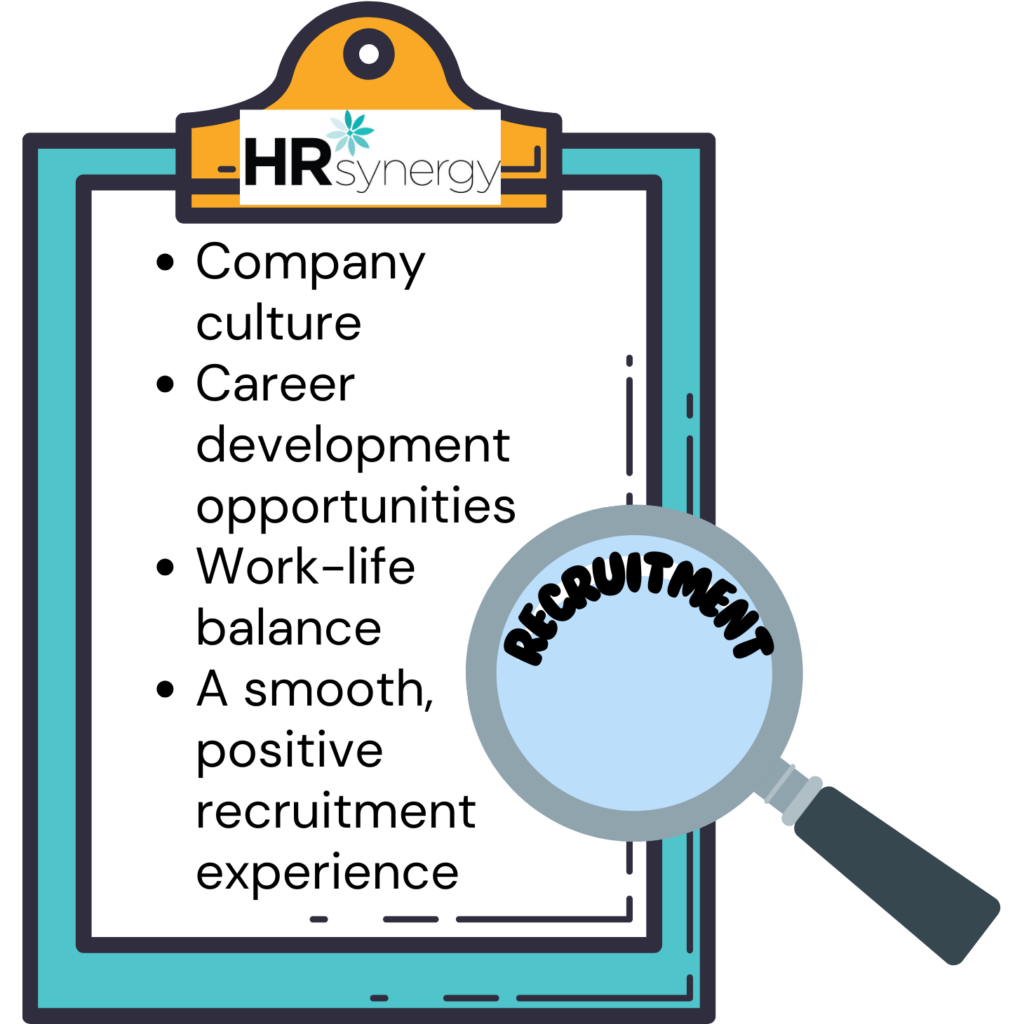

 Support for middle managers is crucial. Granting middle managers more decision-making power can alleviate stress and enhance job satisfaction. Enhancing their authority and influence, providing necessary resources, and restructuring their role as leadership-focused can alleviate some stress. Additionally, improving the relationship between HR and middle managers is essential. HR must actively listen to middle managers, seeking and valuing their feedback to understand their unique challenges. Regular check-ins and open communication channels create a psychologically safe environment. HR should validate managers’ experiences and provide training on managing hybrid environments, ensuring middle managers feel supported and heard.
Support for middle managers is crucial. Granting middle managers more decision-making power can alleviate stress and enhance job satisfaction. Enhancing their authority and influence, providing necessary resources, and restructuring their role as leadership-focused can alleviate some stress. Additionally, improving the relationship between HR and middle managers is essential. HR must actively listen to middle managers, seeking and valuing their feedback to understand their unique challenges. Regular check-ins and open communication channels create a psychologically safe environment. HR should validate managers’ experiences and provide training on managing hybrid environments, ensuring middle managers feel supported and heard. 